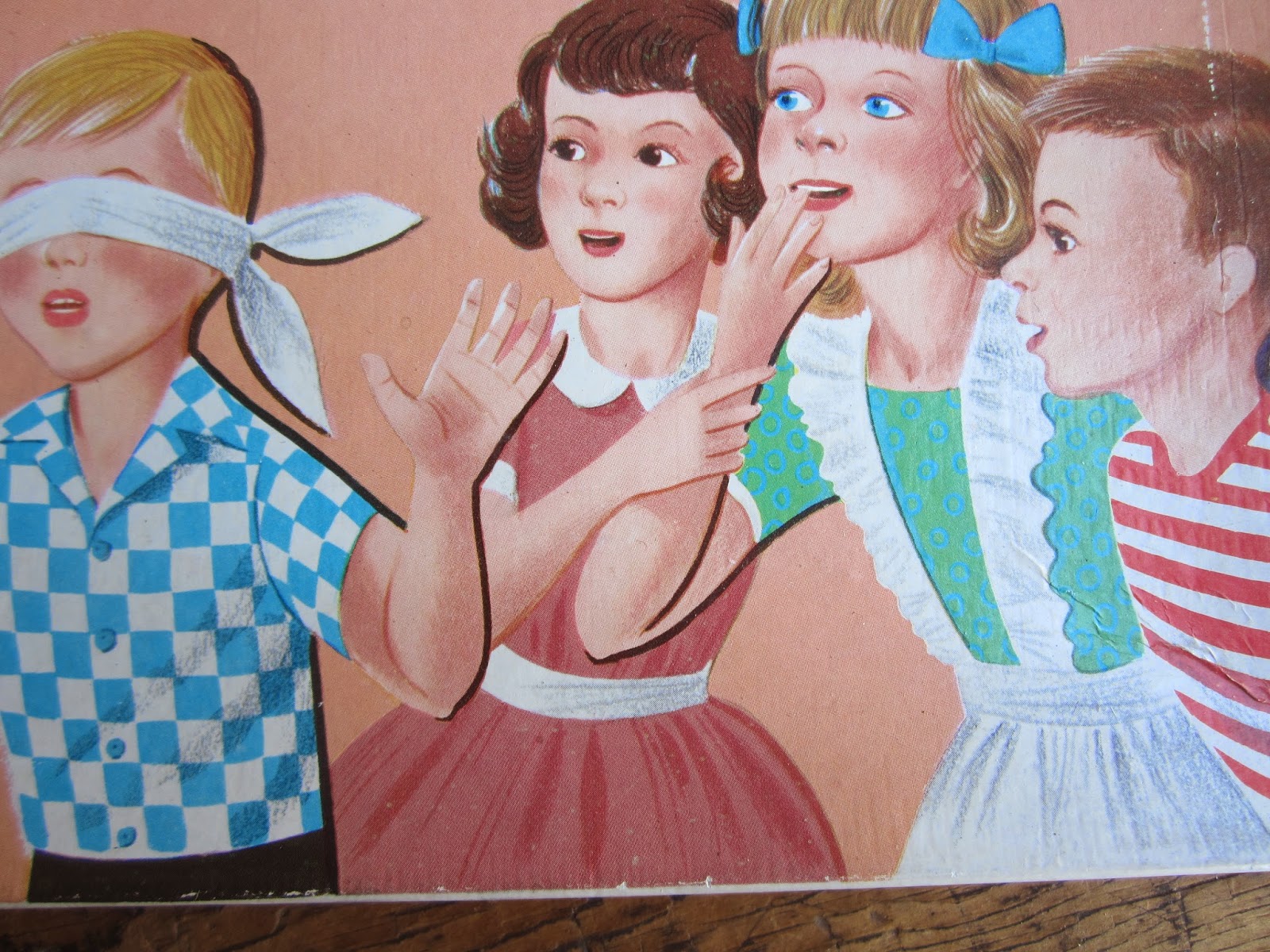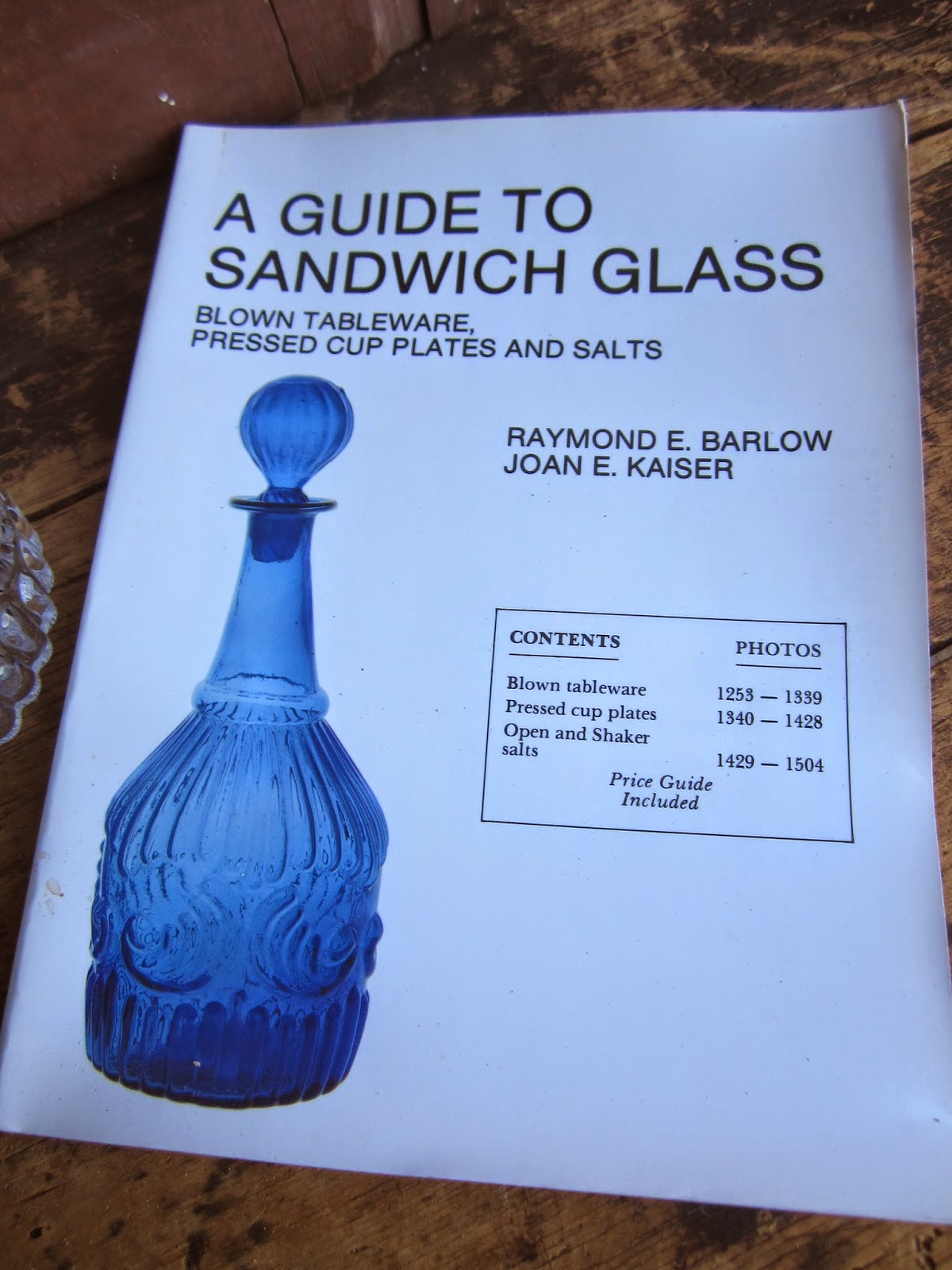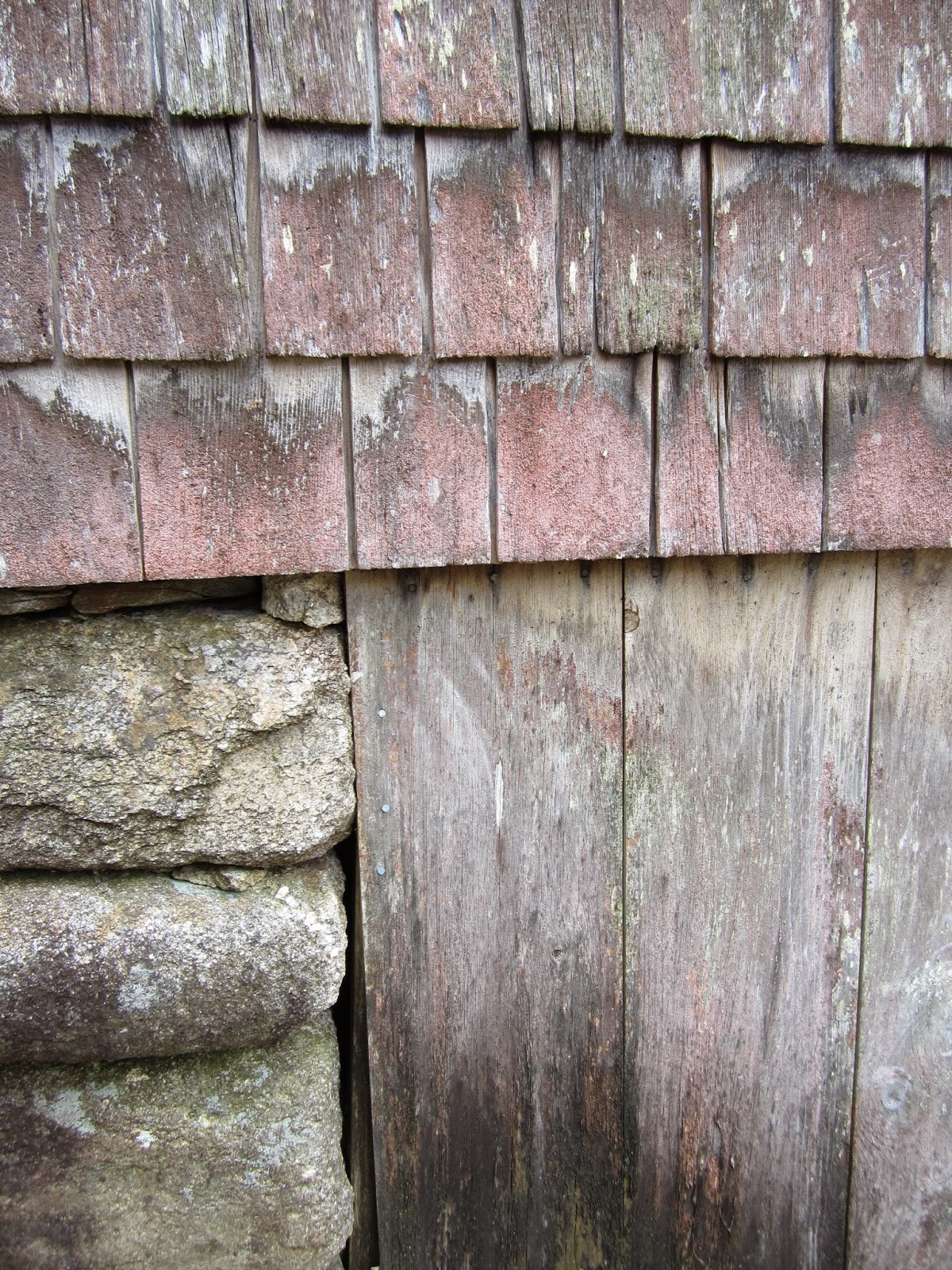Old New England Glassware in the Home
Part Eight
"Don't Give Up Ever"
The
historic position (trail?) of glassware in the New England home... and in the
‘old’ New England home... is a peculiar one-one (win-win) ratio between
primitive man and sophisticated women.
The brilliance of this ratio is that it continues and is active to this
day. It is a brutal ratio
too. But it is brilliant, as
physical object, in the New England home.
And the old New England home.
The
determination (both by mental direction and by physical blunt force) by men in
New England to ‘make’ glassware was, one to one, held as equal determination
for women who... ‘want that (glassware) for my home’. Fellow travelers on the glassware trail of old New England
they were.
Are?
“Are”
today... is crass, tacky, junky, cheap... at best tasteless but more common as
‘bad taste’. For both man and
woman. The lumbering domesticated
man’s grip on his glassware... is a horror show. It is actually a... horror SIDE show. Most ‘man’ and ‘glassware’ fail to be a
‘front and center’...ever. Dirty
glasses left around is... about it.
Opening a covered glass dish discerned in the refrigerator to contain
‘leftovers’ with the stubby, fat, dirty... fingers... touching this...
glassware. And goes from there;
‘empties’ are ‘returned’. (Glass)
bottle openers are found by rummaging through a drawer. And... then there is ‘pulling the cork’
and... pouring... what... into what.
Ms.
Domestic New England Glassware participates in this; glassware in the New
England home, by... having... either ‘it’ or... ‘some’. One querying from a design perspective
about these objects (glassware) will... receive a ...very... limited design
critique. Usually this is verbally
graced as PART of the SINGLE sentence and blanketed by the summarial expression
of no taste; “I like it”.
“Verbally graced as part of” includes ‘my’, ‘those’, ‘have’, ‘are’ with
specific design designations of ‘wedding’, ‘gift’, ‘bought’, carrying to ‘sale’
(church, yard, charity), ‘mother’, ‘broken’, ‘nice’ and.... “those are”.
“Those
are what?”
They
don’t know.
How
about “Those are junk”
Glassware
in the New England home.
Back
when all of this started... ‘things were different’. Man and women... presumed good taste (the man) for those who
...had good taste (the women)... in glassware... in the New England home. It was ‘gather round boys’ literally,
‘We’re making GLASSWARE for the GIRLS.
And the world of that; glassware and girls is STILL HERE TODAY, in the
dining room cupboards of... the old New England home. “Grandmother”... ‘knew the difference.
“Who
dropped the ball?”
And
who cares?
Men
in the back room of New England glassware making ‘gathered’. A ‘gather’ of glass metal is the
goo-gob of molten glass metal “gathered” on the end of glassblower’s blow pipe
to make... free blown and blown molded glassware, et al. So ‘gather round boys’ has a double
meaning in the back room of glassmaking... men. In this back room... and taking the goo-gob of molten metal
the... these men... of the one-one ratio noted earlier... ‘dumped’ the... on
blow pipe gathered... gob into a flat, open top, carved wood, soaked in
water... ‘mold’ and, after putting a ‘top’ on the mold, stomped on it
With the result, including steam,
of creating a ‘glassware’ that was ‘pressed’. They did that; created a ‘piece’ of ‘pressed glass’. “Huh”.
You say.
Well that IS what that piece of
pressed glassware looked like; a ‘pretty damn crude’
“Ah....”
Pressed glass
“Dish?”
They
went from there. In the back
room. “Mold Making” became a ‘job’
of a “mold maker”. It ‘replaced’
(displaced) “glassblower”... and his surround of little boy assistants. “I don’t know about this” summarized
the perceived commercial possibilities of the ‘pressed glass’ ‘dish?’. But men, being men, pushed forward by
stomping on more gathered goo-gobs of molten metal in... more molds and, they
liked doing that; stomping on molten glass. In molds.
“Innovative improvements in mold making and pressed glass manufacture”
took place ... leaving the primitive design form “DISH” behind and introducing
a historic New England glass design form called “LACY” ‘pressed glass’.
May
we spend a few minutes with this ‘dish?’?
Thank you.
I
knew about the (sweetmeat) dish... for a long time. I never found one.
I saw them. In museums. The museums said they ‘like it’. I, inspecting it in the locked display
cases, did too... like it. With
the dish... they ‘made’ too... ‘salts’.
These were small rectangular open top generally box shaped vessels
intended to serve salt ‘at table’.
A little salt and a little spoon were put in the... (‘blown’) pressed
glassware... ‘salt’ and put on the table to offer dining ‘salt’. The outside of the glassware salt...
was mold press decorated by wooden mold carved decoration of designs, to no
surprise, directly endeavoring to imitate... Anglo-Irish cut glass imports
(Part Four and after).
These
salts... being small and therefore easier to make AND having (here she comes)
someone who WANTS THEM... as... glassware in the New England home... ‘did
good’; actually sold well to the intended market who did want them, ‘liked
them’ and used them and: Yes... a
commercial success from being... the only (clear) pressed glassware game in
town”.
“THAT
IS SO COOL” I have been told... when ‘showing’ ‘an early’ New England ‘pressed
glass’ salt... ‘to someone’. In
(antiquarian) general, they ‘are around’; one can find one and they do not,
even in the hands of collectors, ‘cost much’. They are usually ‘beat up’ with ‘chips’, etc., due to having
been actually used for a long time... in the New England home... AND... from’ crude production methods’ (men
stomping in the back room). I have
bought and sold a lot of these salts and do so still. I like them.
But: “No biggy”.
And
the ‘finding’ the (sweetmeat) dish... ‘escaped me’. Until one day a couple of years ago.
“I
WAS LIKE” coming ‘back down’ from ‘up country (Maine) with the wife after a
forlorn something antiques related ‘up there’ and, approaching Lewiston in
happenstance, pulled off at a dirt crummy flea market-something-sort of-market
to “LIKE” “SEE”. The wife was
“(this place is so bad and hopeless) I will WAIT HERE” (in the truck). I’m used to that. But I always... ‘look’. ALWAYS. So... pop in-pop out in process I bounce in and around and
down the isles at record breaking speeds of ‘antiques hunter for a half century’
and
“DAMN”
and stickered “$2.00” be one of these ‘earliest’ New England pressed glass
sweetmeat dishes “LIKE RIGHT THERE” and I
Grabbed
it
Paid
for it
And
was gone.
The
wife, who is used to this sort of ‘early American design’ ‘hit’ by I over and
over for the ever we’ve been together... was ‘who cares’ merged with “That’s
very nice Dear”.
I
sold it to a collector for eighty-five.
Dollars. They are
rare. He was delighted. He kept it. He still has it.
It is not for sale. His
wife says ‘That’s very nice, Dear”.
Too.
The
‘that dish’ is ‘about as good as I can expect... but in fairness to my
professional aspirations... I still have not found... and do very much want to
find... the very rare... sugar bowl... made of this earliest New England
pressed glassware ...in the home.
AH... it is of two pieces; it has a lid. It is ‘bigger’ and ‘hollow’ so was harder to make. It was... and is...
‘Not many around probably’. It IS pictured on the cover of Ken
Wilson’s NEW ENGLAND GLASS AND GLASS MAKING. I’ve, like... I bought the book when it came out (was published)
(1972) and have... stared at that sugar bowl pictured on the cover dust
jacket... ever since. That’s as
close to one as I’ve ‘get yet’.
But... people like me and their interest in ‘glassware in the New
England home’...
Don’t
give up
Ever.



































